Tutorial: How to Make Puff Sleeves
If you’d like a little extra puff in your sleeve, it just takes a few extra minutes and steps to make it happen.
This tutorial uses the lovely free Eva pattern from Fabrics-Store with the 3/4 sleeve option with an extended hem.
Let’s jump in!
Steps
1. Make a copy of the sleeve pattern out of paper or fabric. Gift wrap tissue paper or package paper works great for this if you have some on hand.
2. Make a series of cuts every 1” (2.5 cm) along the pattern copy. Instead of cutting all the way through, leave a short space intact at the bottom to hold the pattern together.
3. Lay the sliced pattern on the fabric. Pin the bottom of the sleeve in place to keep it level. Then pin each slice in place. The more you space out each section, the more puff you’ll get in the sleeve.
4. Cut out the new sleeve shape. For this shirt I also extended the bottom of the sleeve for a wider hem.
It can be a bit tricky to decide where the new cut line should be along the top. Don’t stress it. Just do your best guess. It doesn’t have to be perfect.
Don’t be afraid of adding too much width to the sleeve. You can see how much larger the new sleeve is than the original pattern, but it doesn’t add too much puff.
5. To gather the sleeve into the puff, sew two lines of loose stitching within the recommended pattern seam allowance.
6. Pull the bobbin threads to gather the sleeve until the length is the same as the original pattern piece. Distribute the gathers evenly along the cap of the sleeve.
7. Carefully clip the sleeve to the armscye of the shirt and continue with regular pattern instructions.
Related posts
Sewing Essentials: A Simple Guide to Common Presser Feet
There are so many different presser feet available for sewing machines, each designed with a specific purpose, whether that be creating particular stitches or working with certain fabrics. Even after almost 20 years of sewing, I still haven’t used them all. In this article, my goal is to give you a helpful introduction to what…
Sewing Essentials: A Guide to Sewing Scissors
Just like you’d use a bread knife for bread or a pizza cutter for pizza, sewing scissors are designed for different materials and tasks. From dressmaking shears and embroidery scissors to snips, pinking shears, and thread clippers, each one has its place in your sewing toolkit. There are plenty of brands to choose from too—Prym,…
An Introduction to Common Crotch Adjustments
Recently, I drafted a pattern and made a toile of a pair of drop-crotch pants. When I tried them on, I straight away noticed (and felt) they weren’t quite right. The most obvious issue was that the back crotch felt tight and pulled uncomfortably, especially when bending over. Walking also felt a little restricted, with…
How to Thread a Sewing Machine: A Beginners Guide – Part 2
Now that we’ve covered the basics of threading a sewing machine in Part 1, let’s move on to some additional functions. In Part 2, I’ll show you how to change both the needle and the presser foot. I’ll also introduce the twin needle, and share some helpful troubleshooting tips for common issues that can happen when…
How to Thread a Sewing Machine: A Beginners Guide – Part 1
Threading a sewing machine can feel a bit daunting at first, but it quickly becomes second nature after you’ve done it a couple of times. These days, I don’t even think about it—muscle memory just takes over. That said, writing this tutorial made me slow down and walk through each step more deliberately. It reminded…
SEW THIS LOOK
LATEST COMMENTS
- Understanding Fabric Drape
10 Aug 2025 @ 8:44 am by Your Guide to Using Custom Jersey Fabric Creatively - Tutorial: Block Printed Kitchen Towels
21 Feb 2023 @ 6:13 am by 33 Tea Towel Crafts - HelthDestiny - The Fabric of the Renaissance
01 Dec 2020 @ 1:00 am by Who Is The Patron Saint Of Sickness? Turning To St. Roch For Healing » SymbolofFaith.shop - How to Take Your Body Measurements: A Concise Guide
23 Jun 2024 @ 12:59 am by Fitness 101: How To Support Your Body Transformation For Better Appearances • The Havok Journal - Caring for Linen: How to Wash, Dry, Iron and Remove Stains
10 Sep 2020 @ 1:00 am by Lviefent Rust Zip Mini Dress Review: Casual Comfort & Style Explored
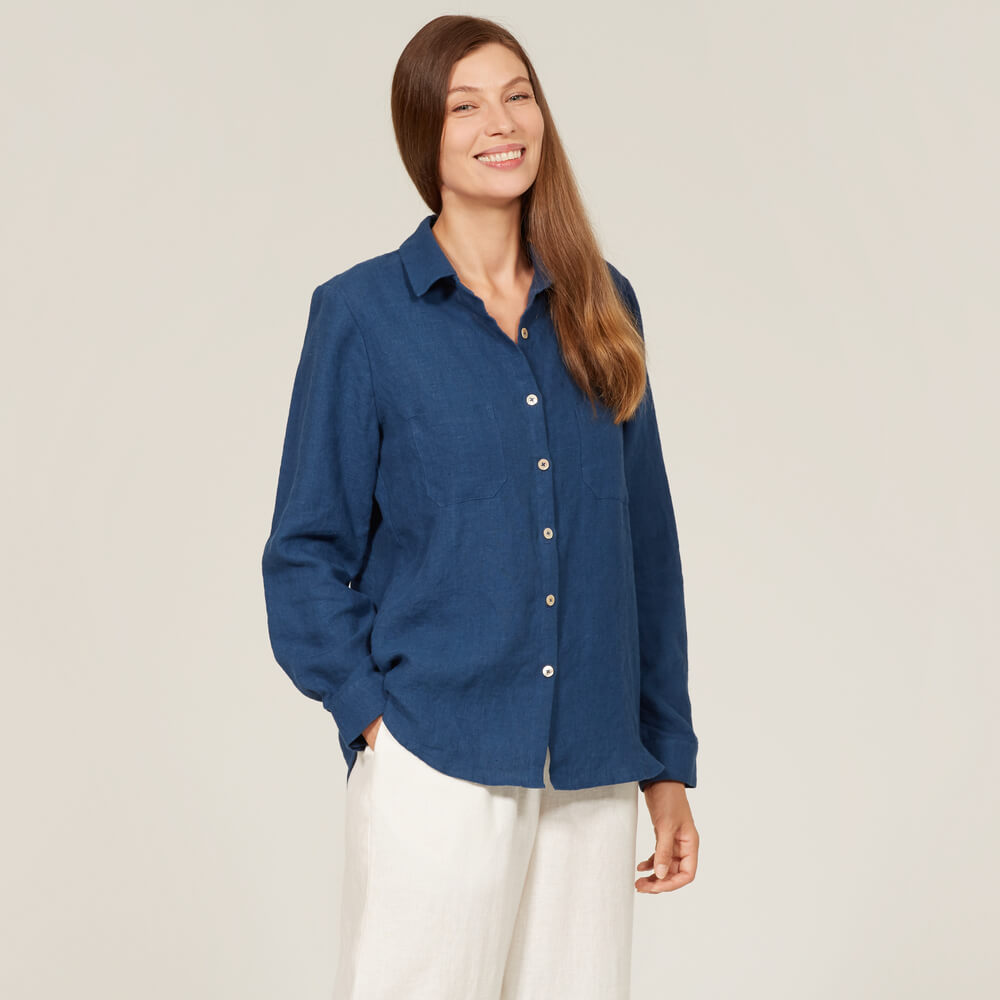

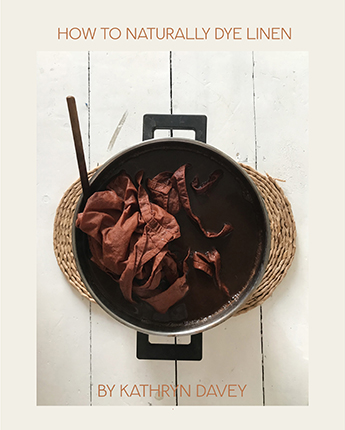
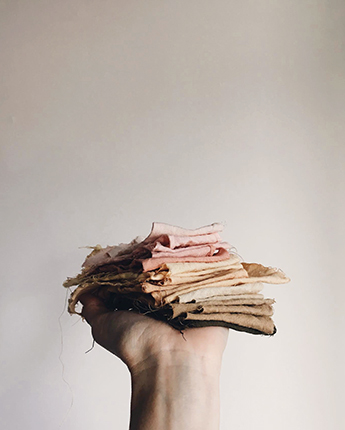






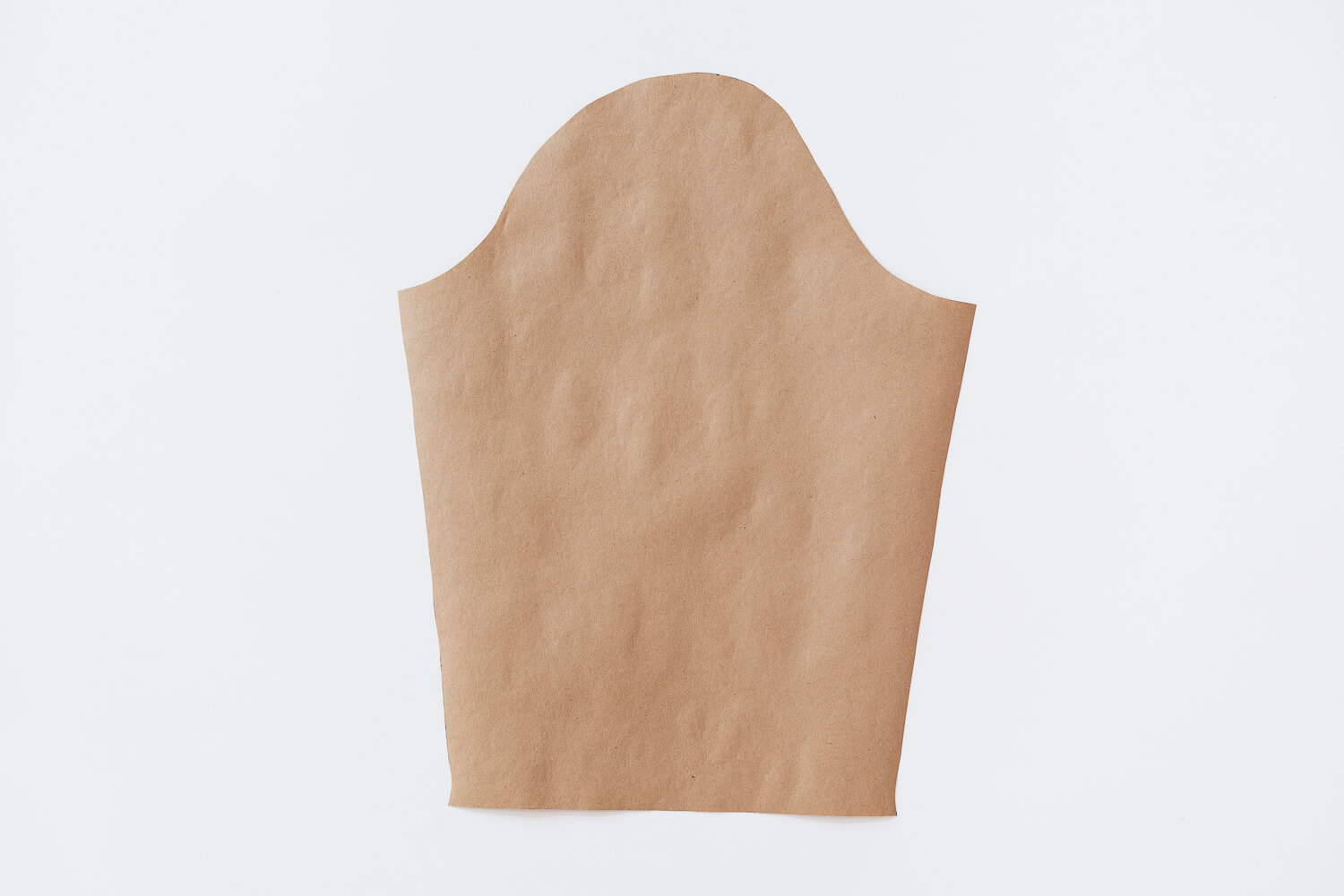
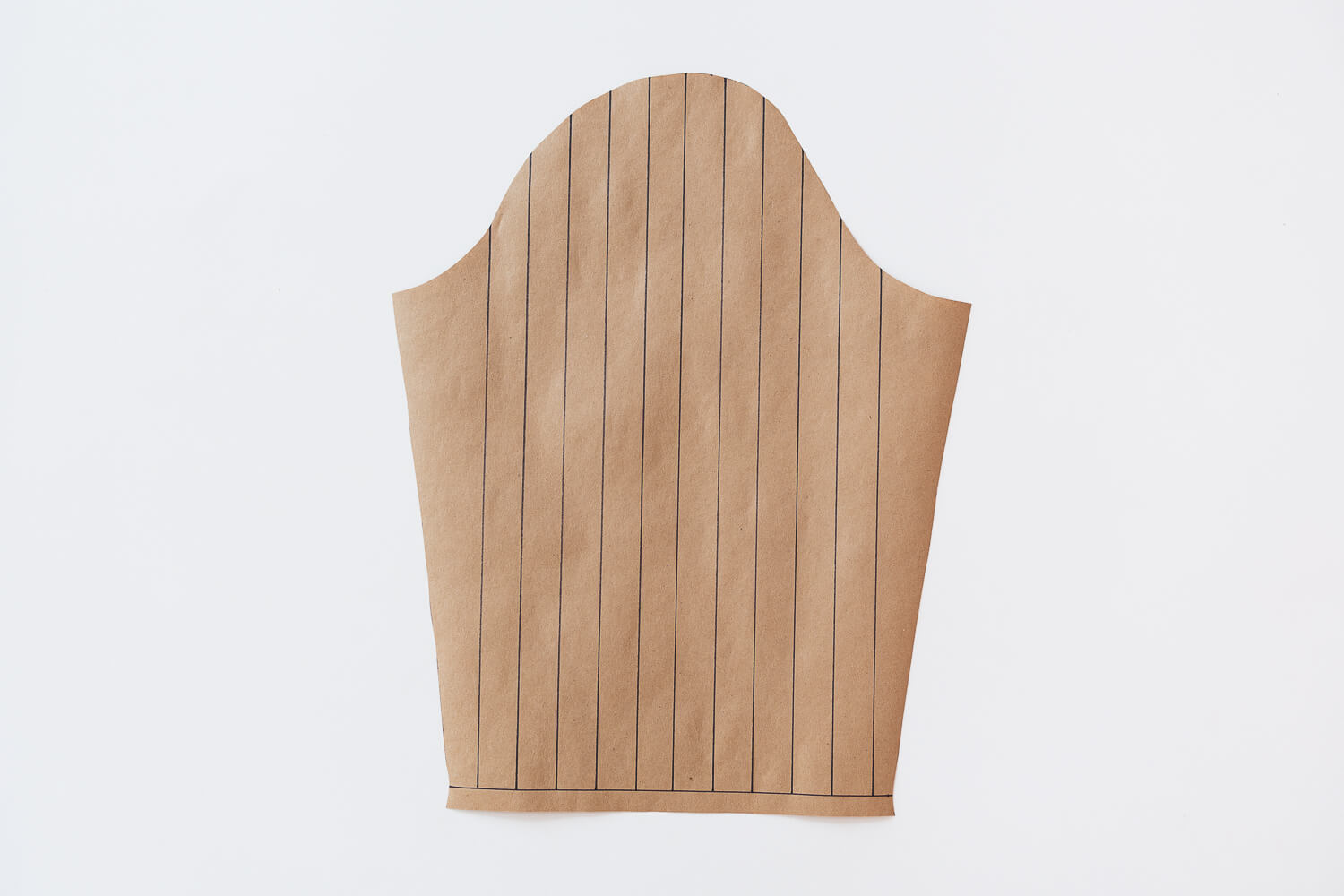
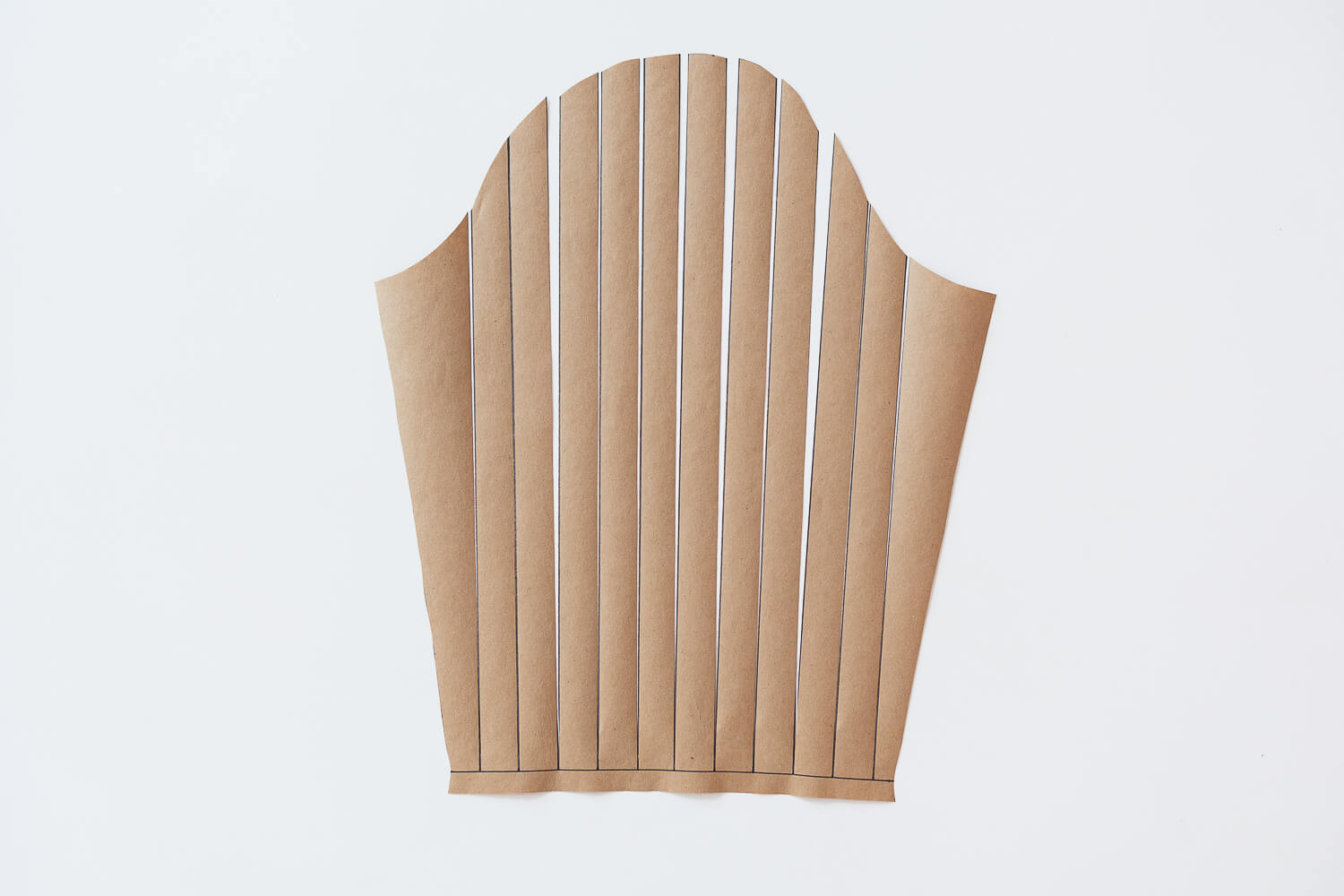
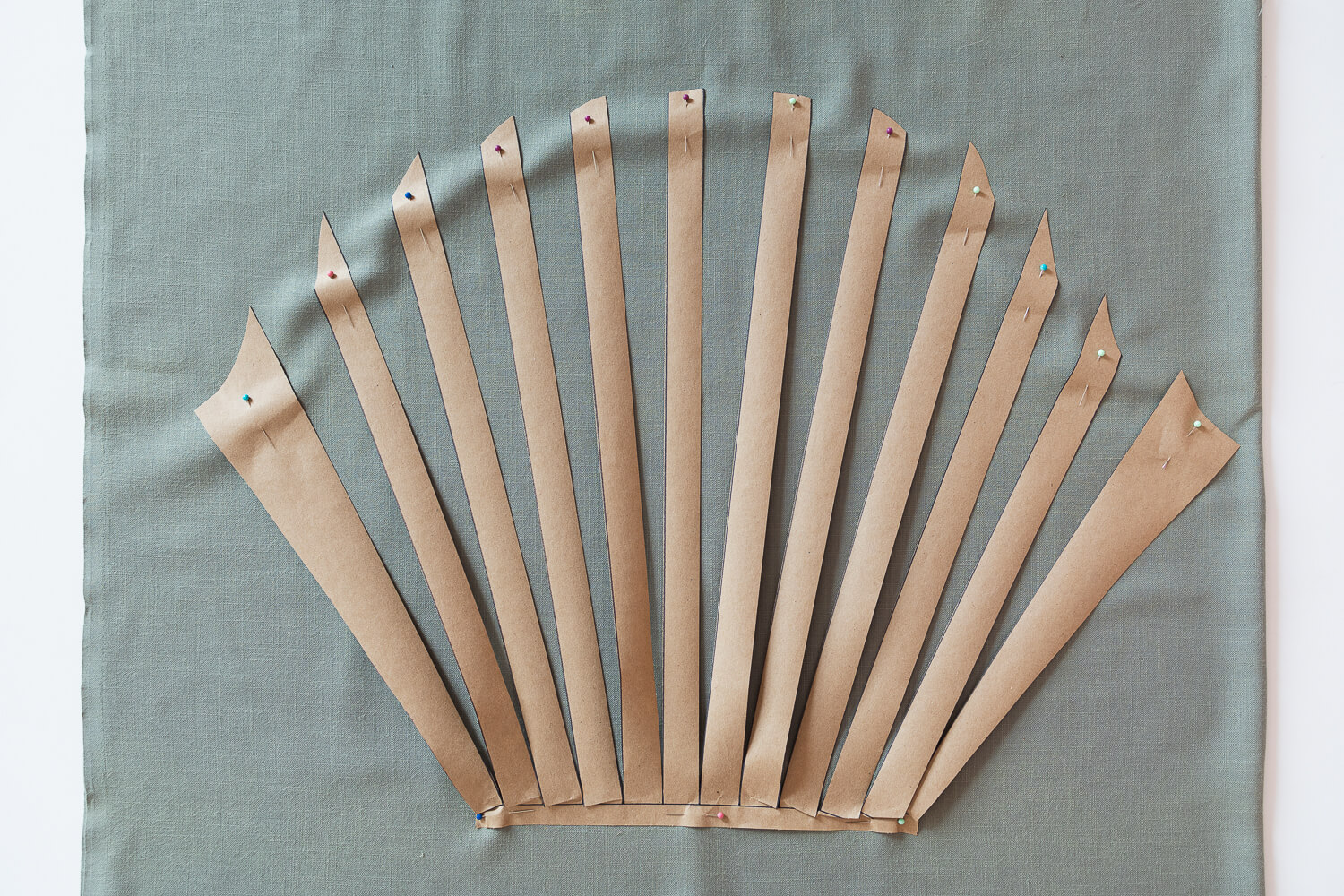
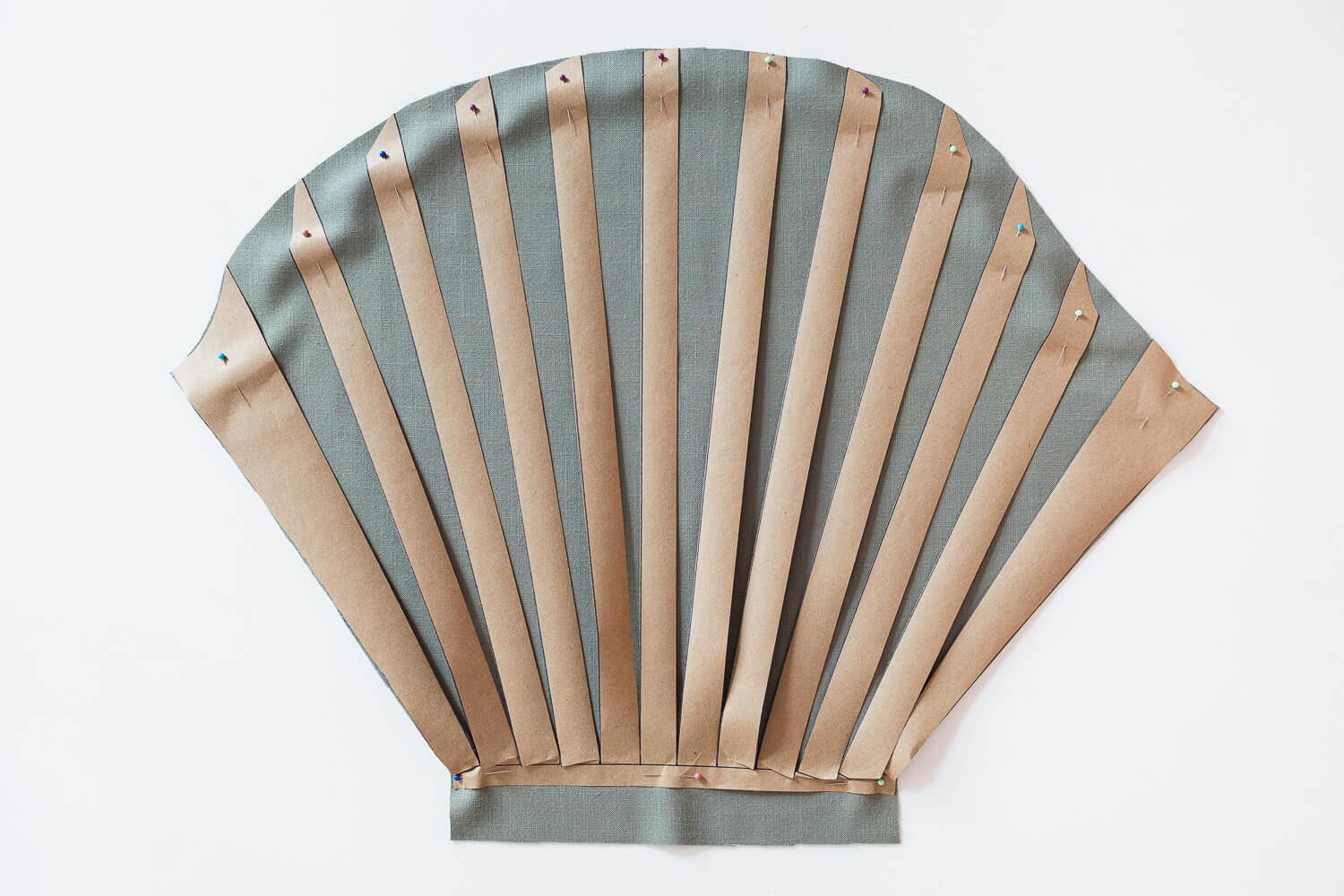
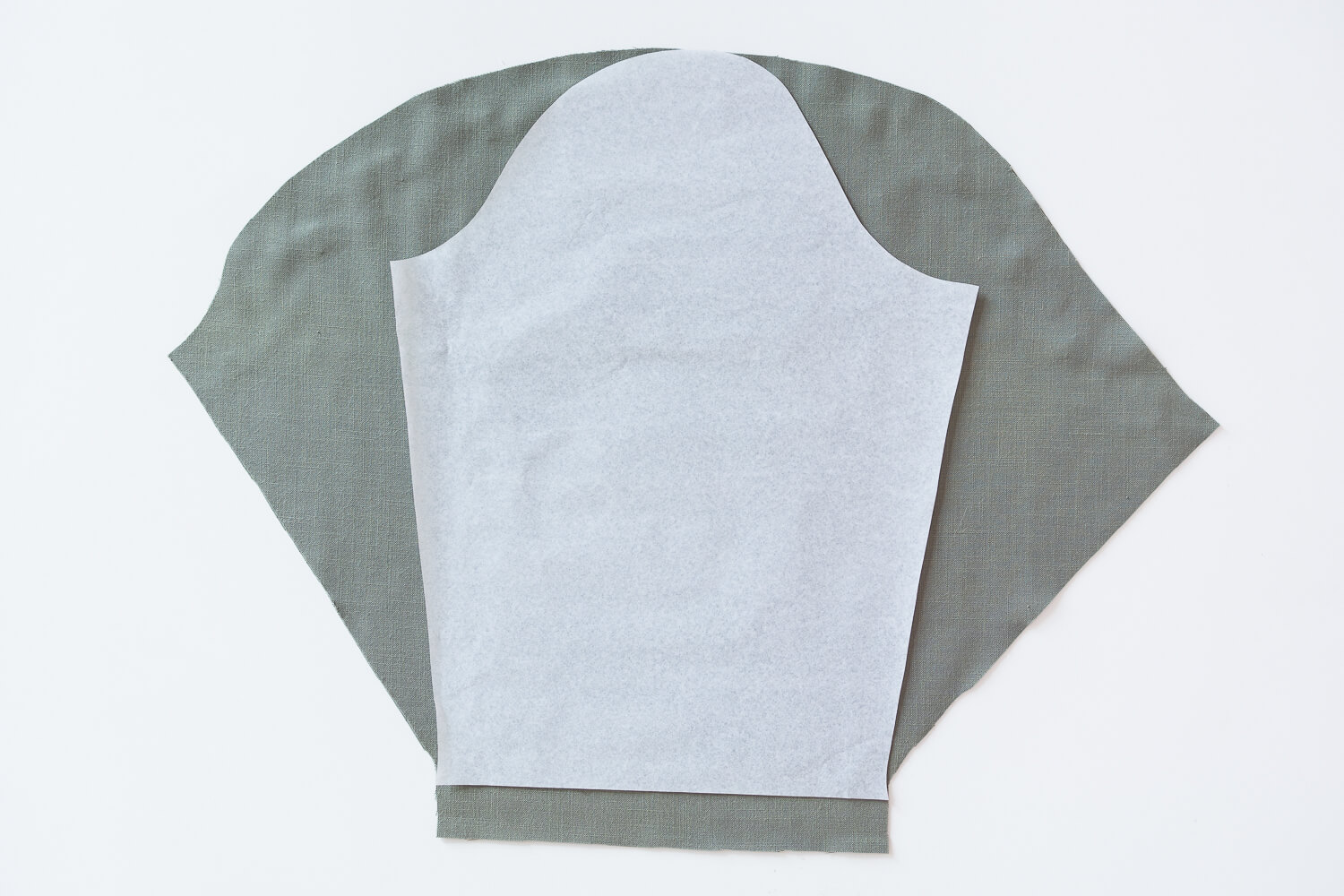
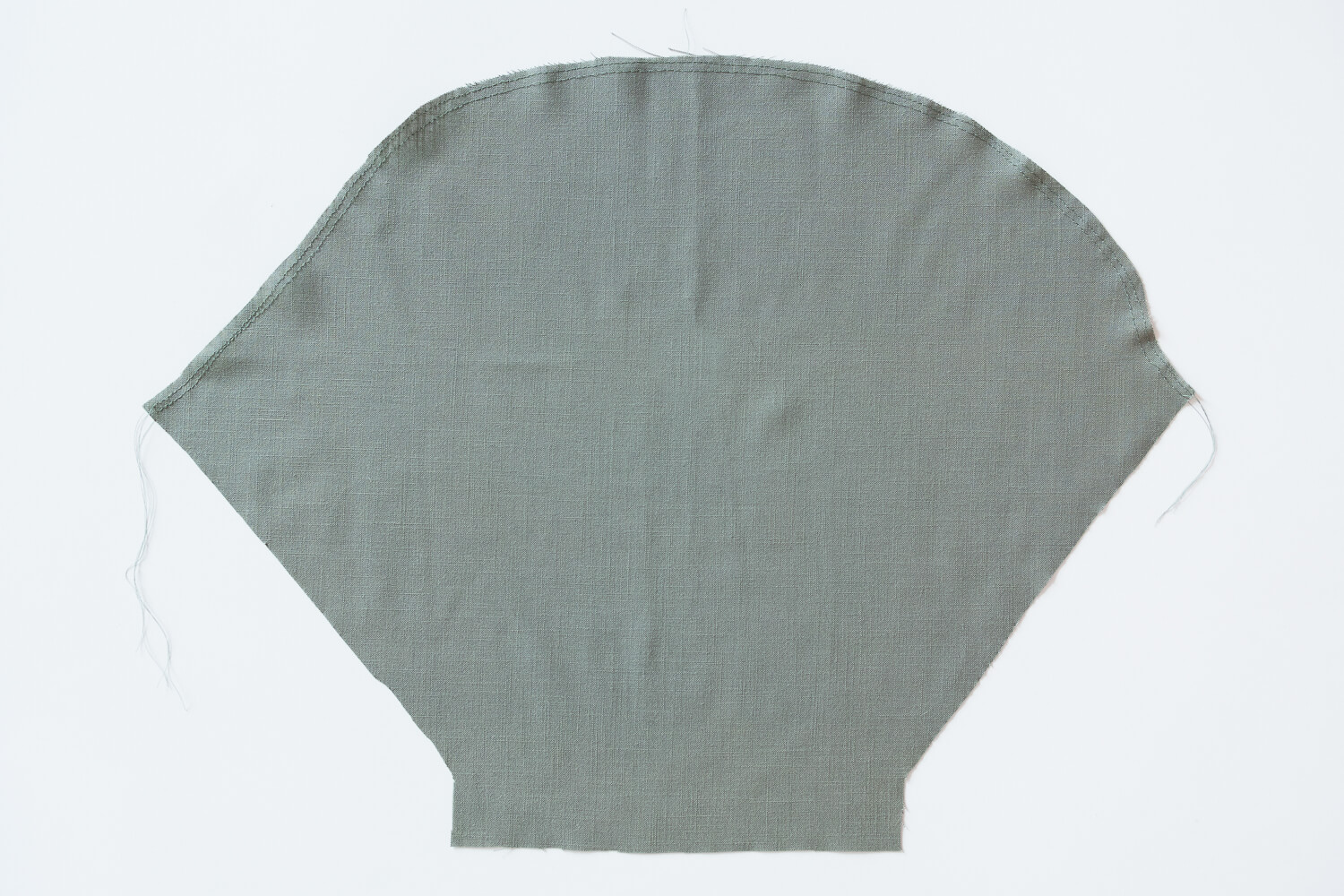
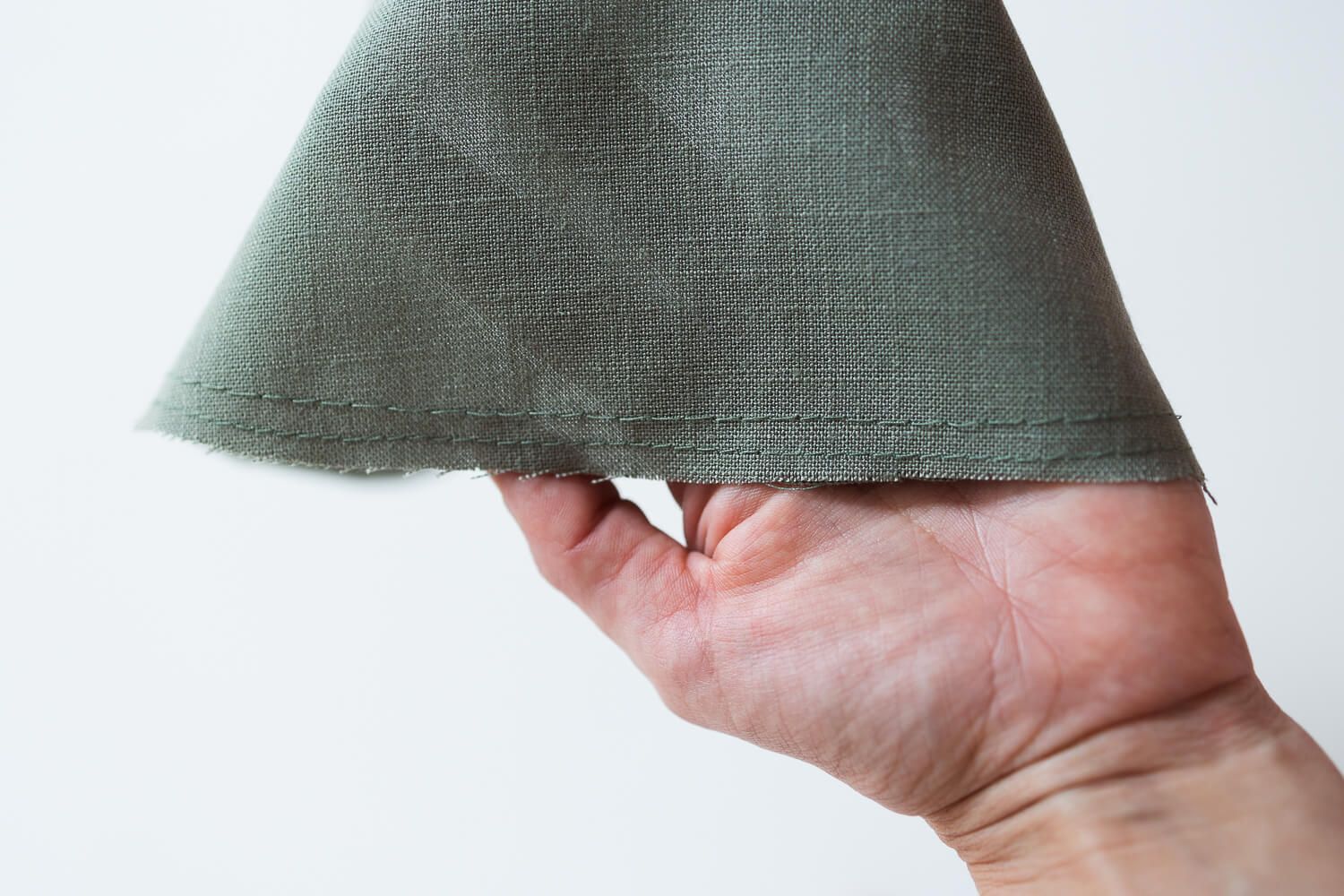
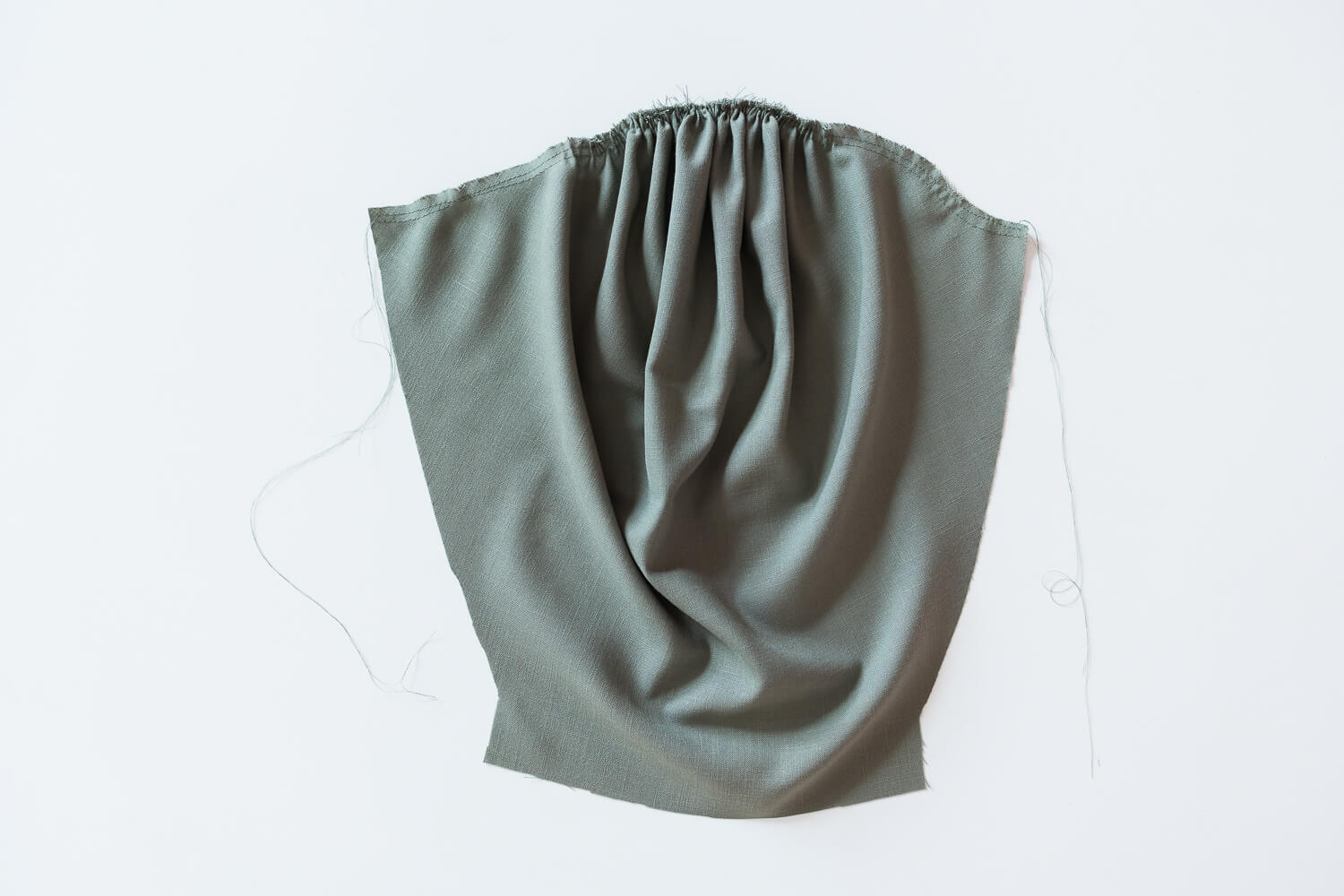
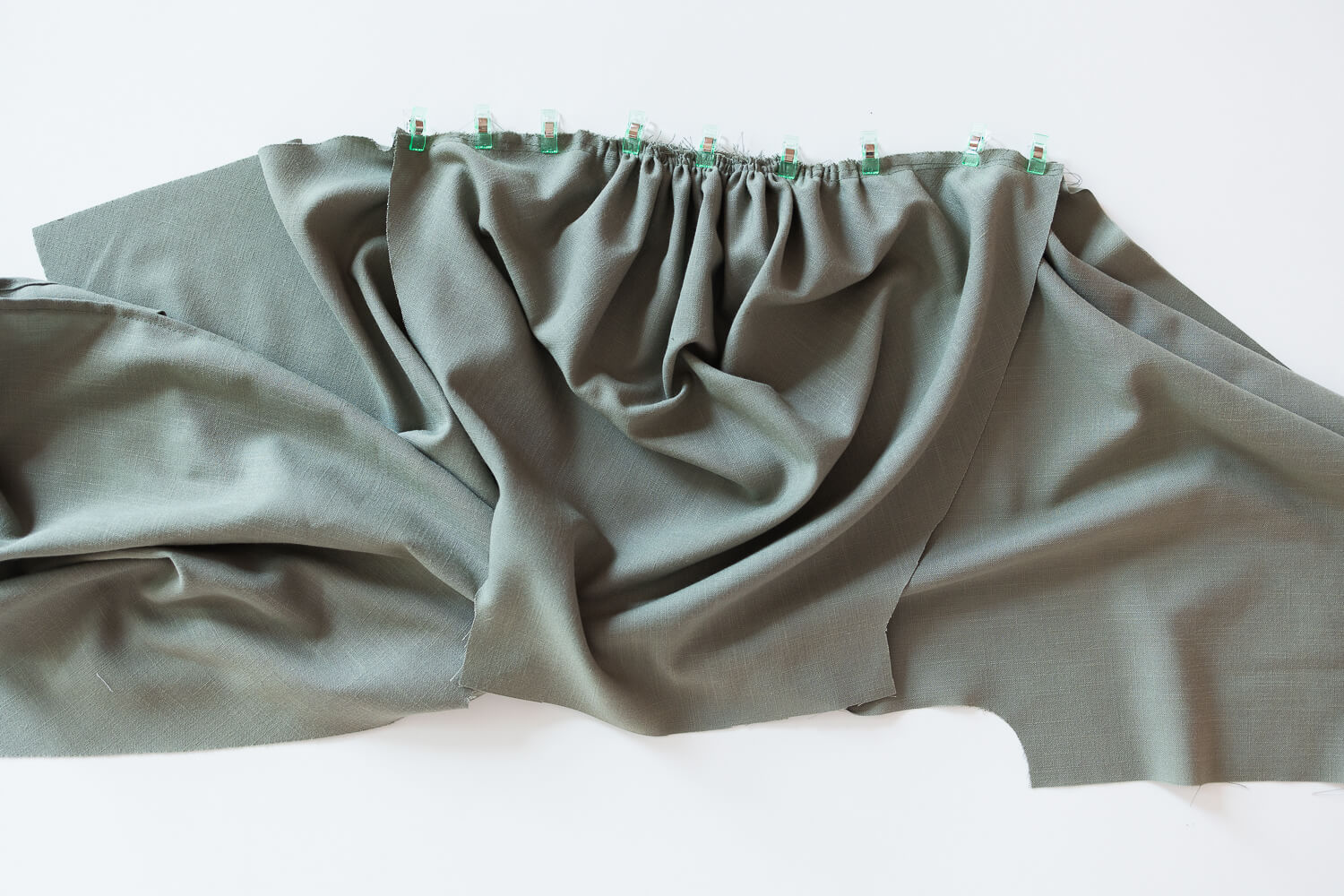

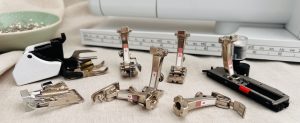
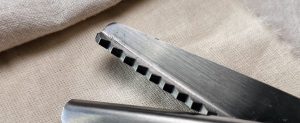
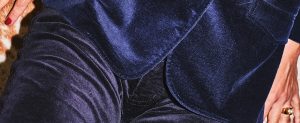
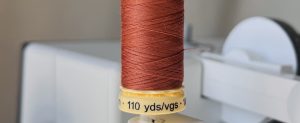
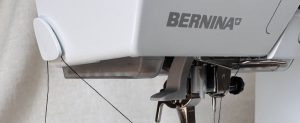



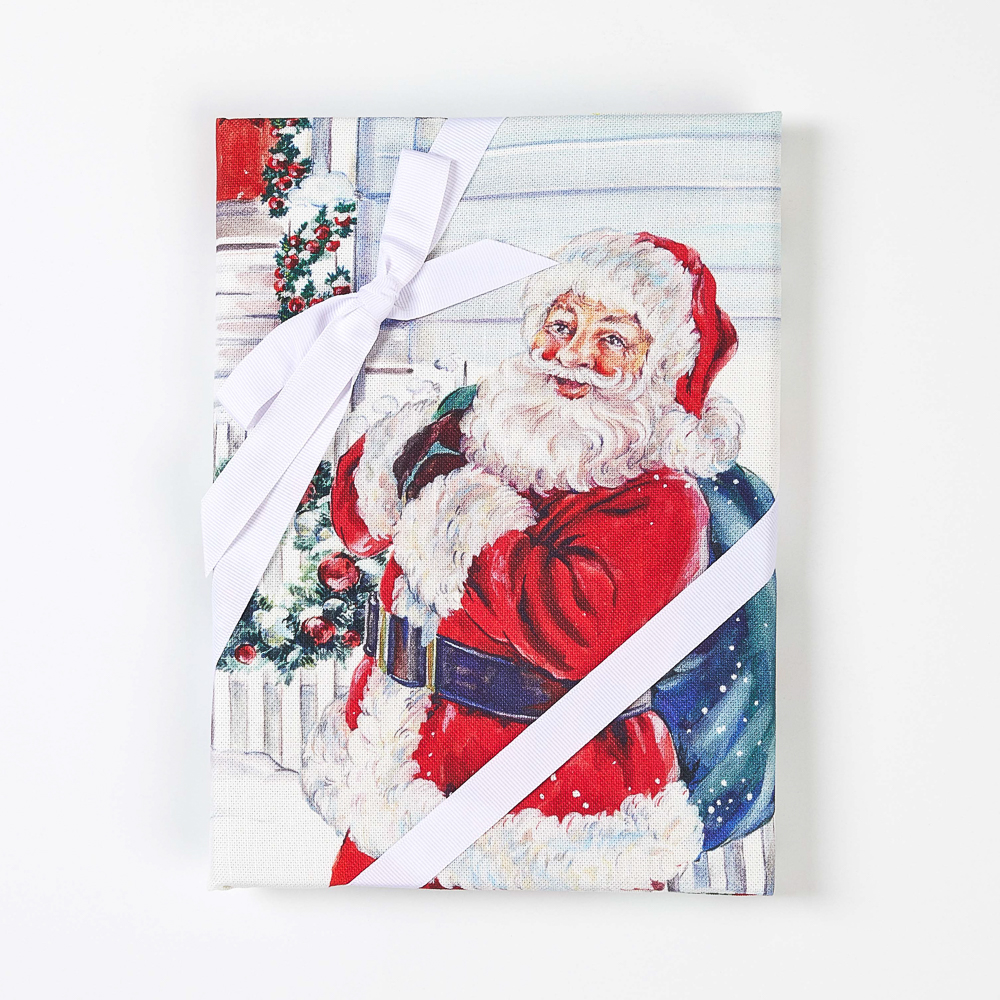
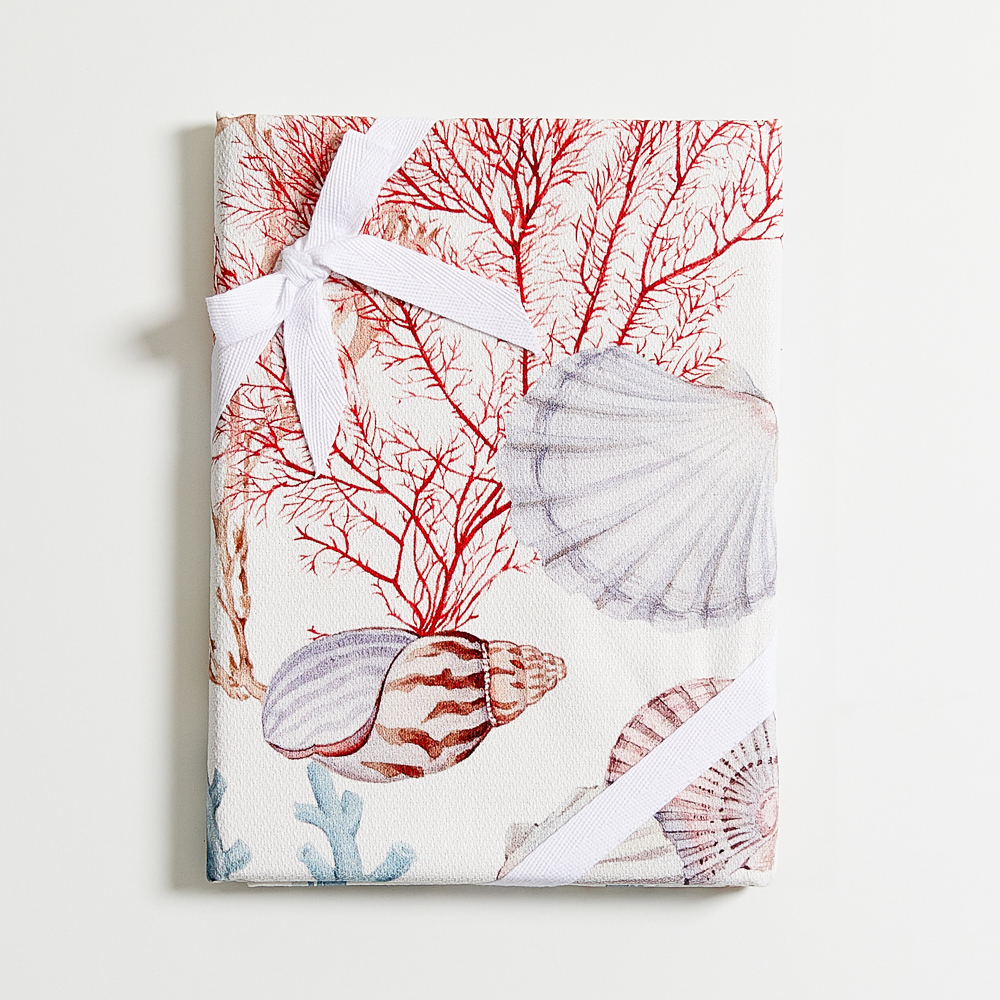
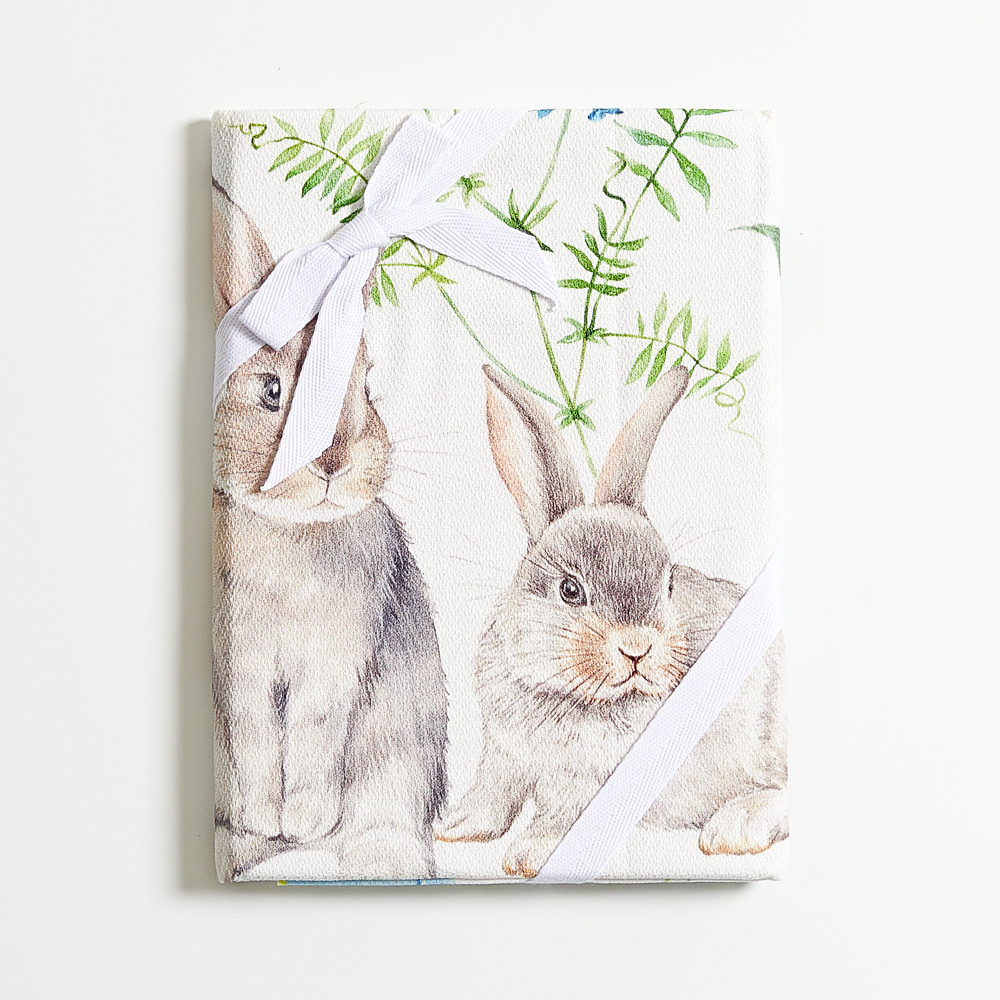
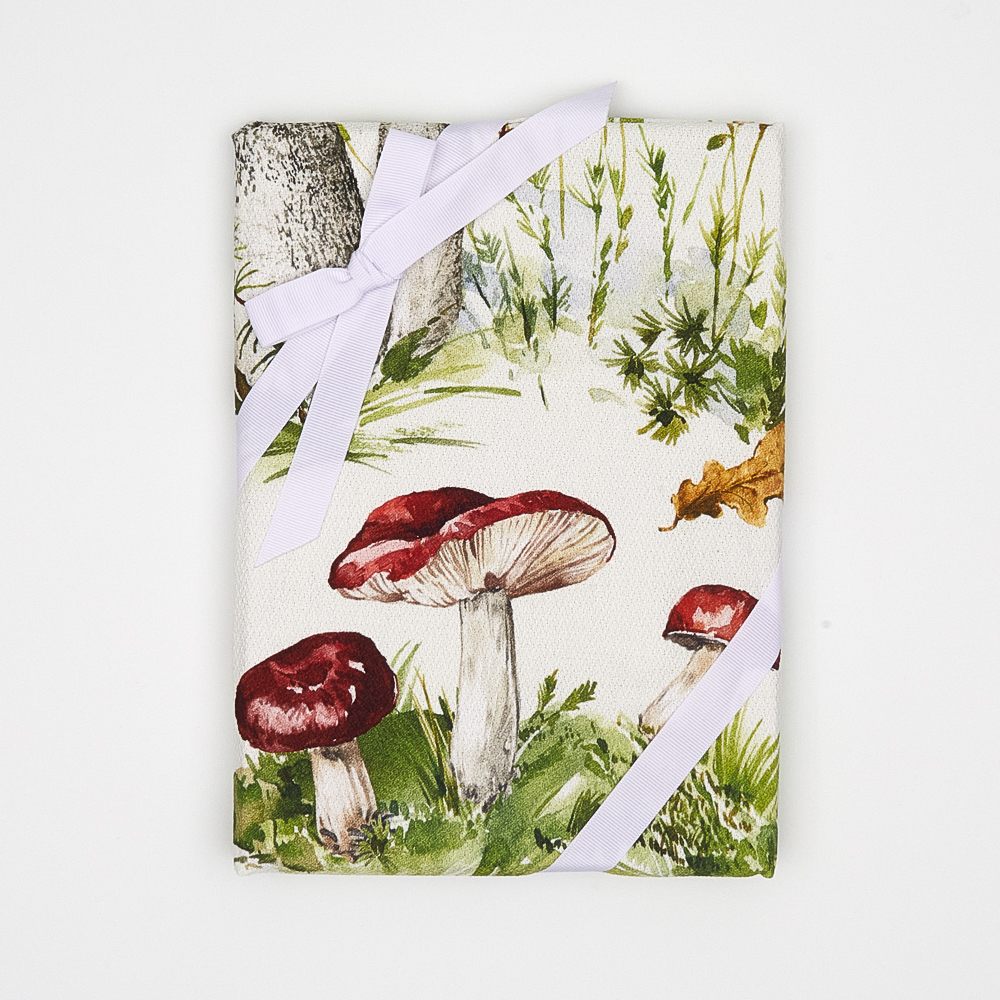
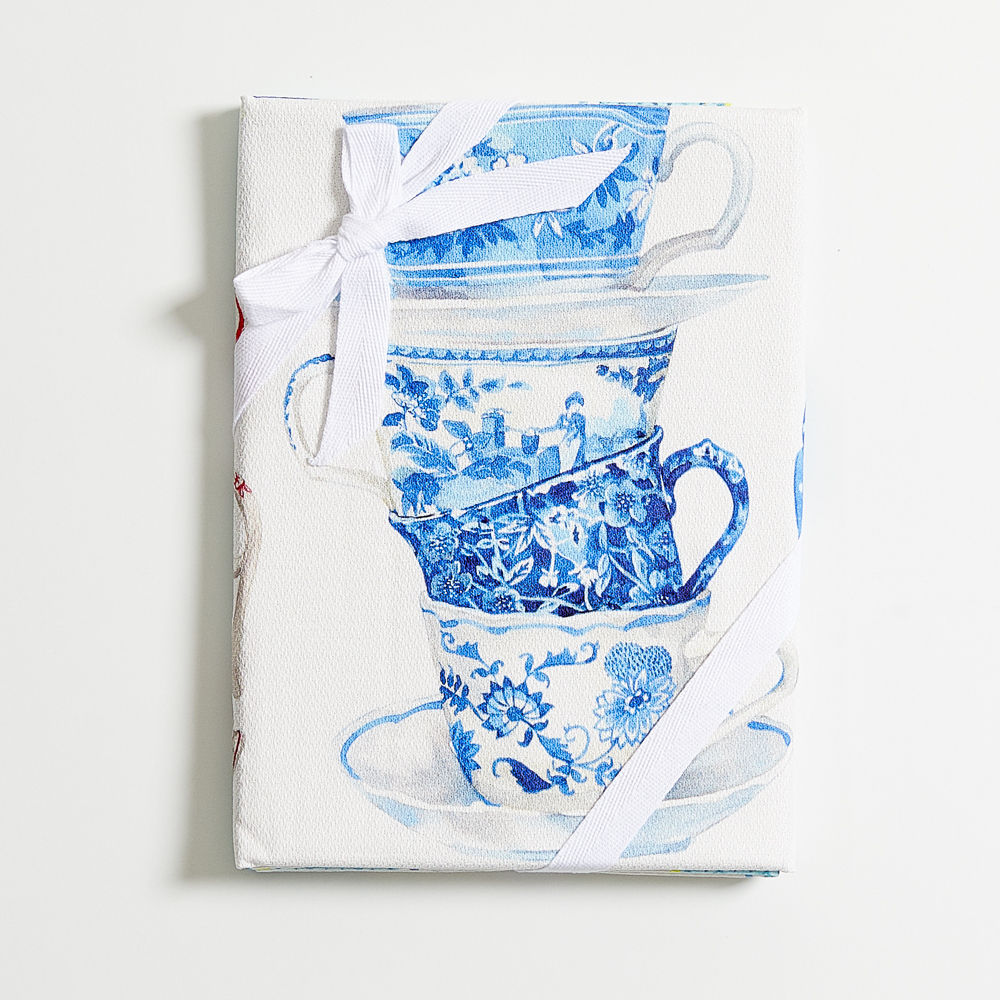
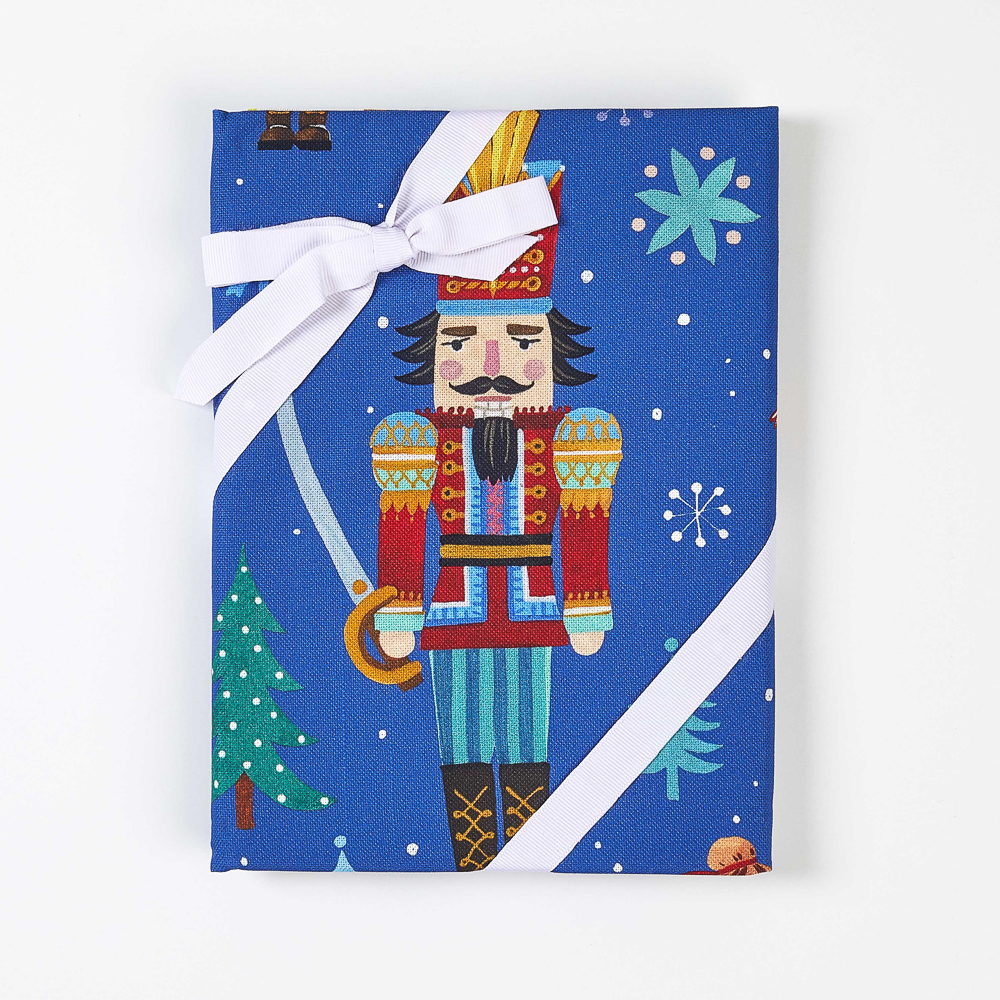
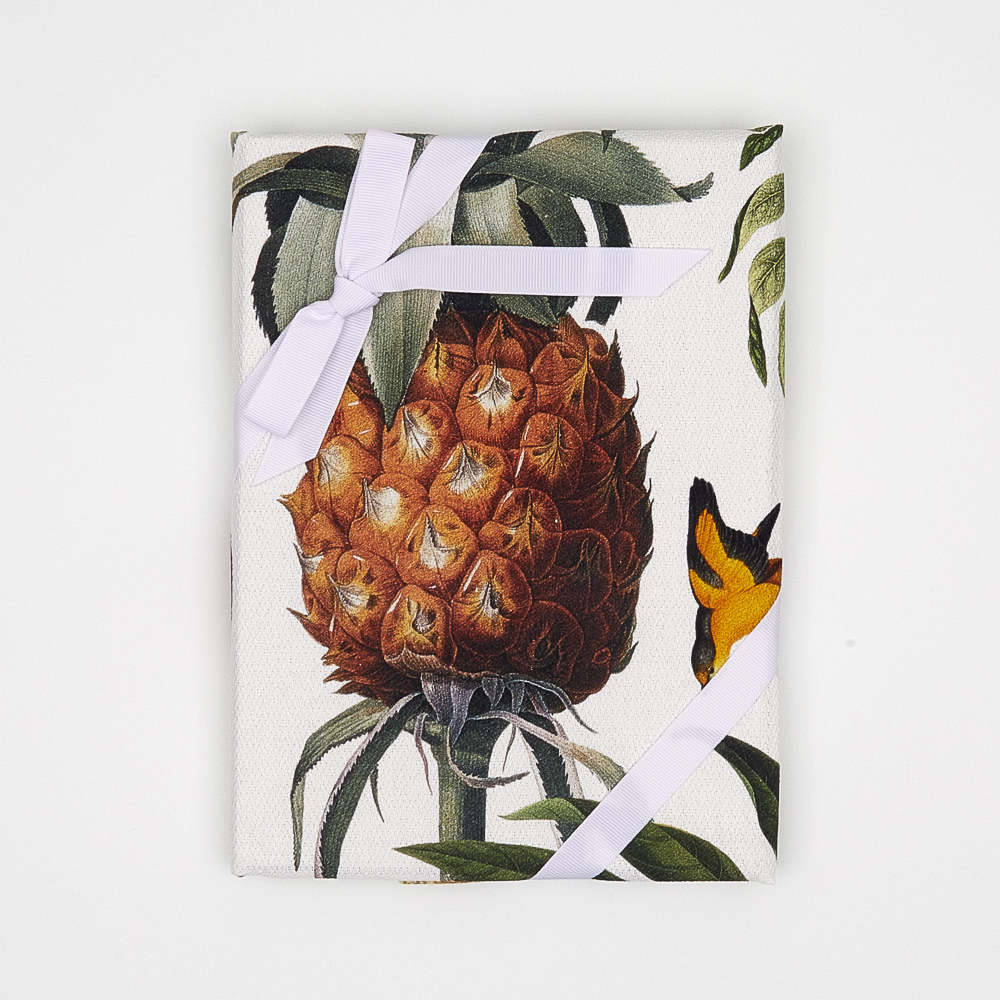



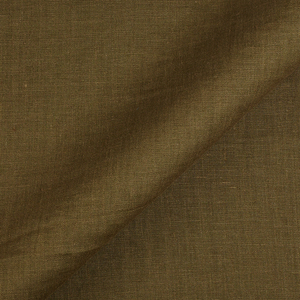
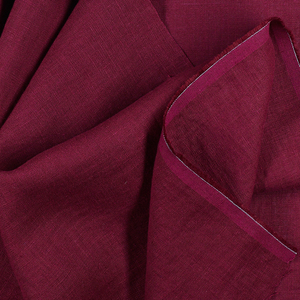
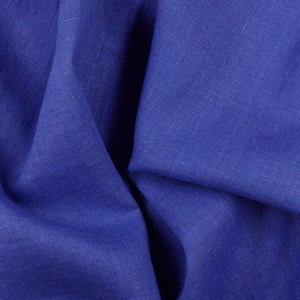
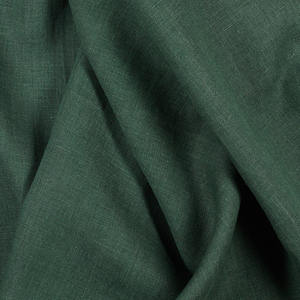

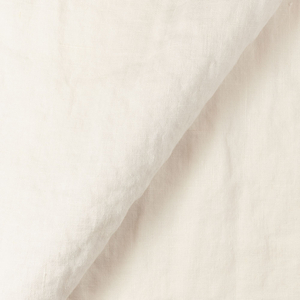
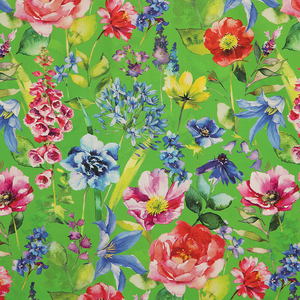
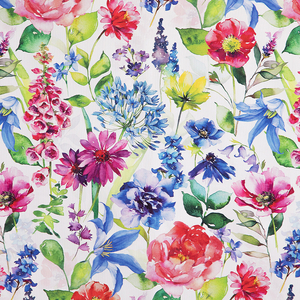
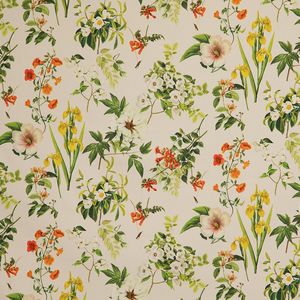
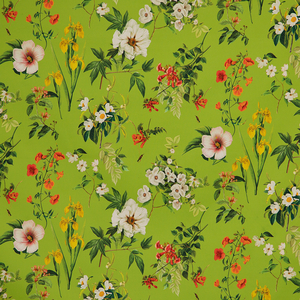
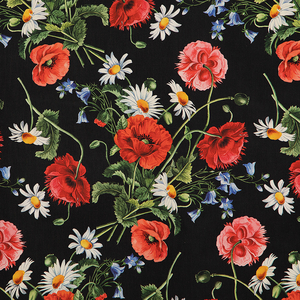
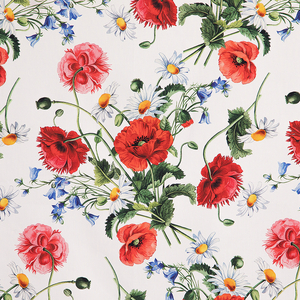
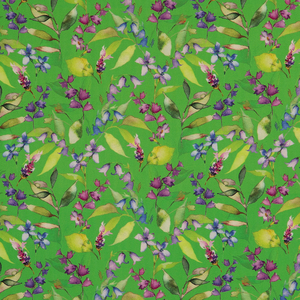
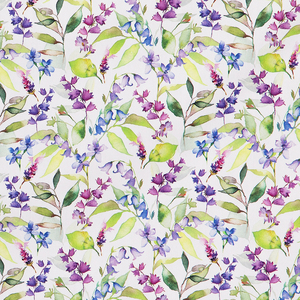
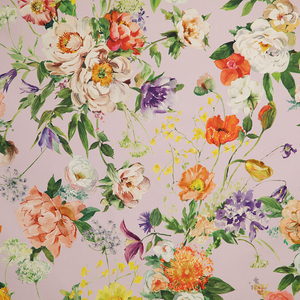
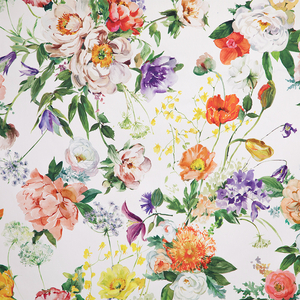


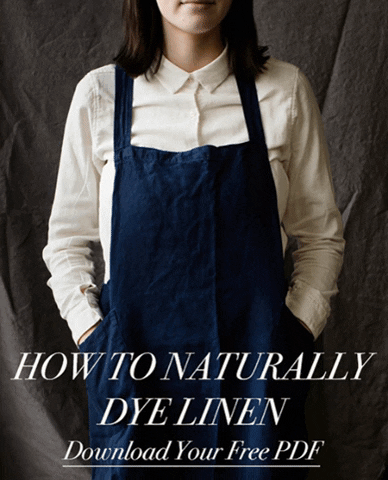
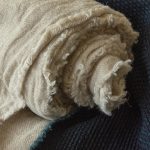

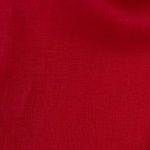
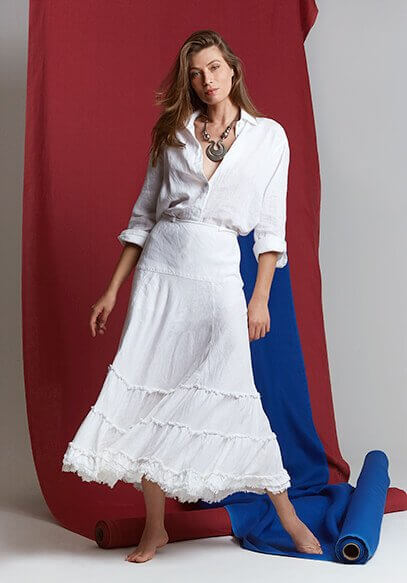
Leave a comment